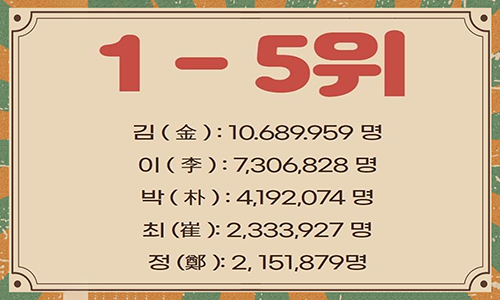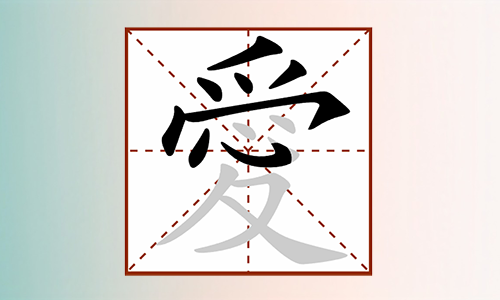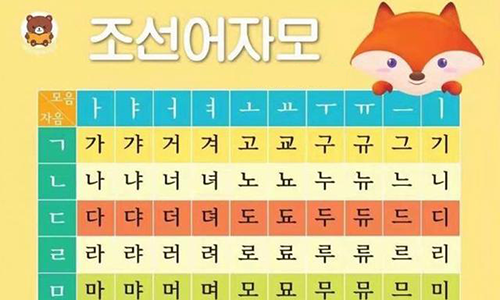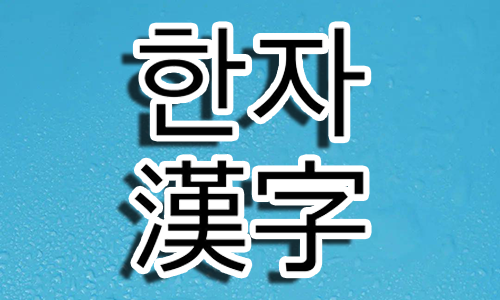Hangeul-Hanja/Hanja-Hangeul Dictionary
Explore seamless Hangeul-Hanja conversions with our advanced online dictionary. Master Korean characters and Hanja with user-friendly features designed for all skill levels. Enter Hangeul or Hanja below and click Look Up.
쇄기 Search Result
| Hangeul | Hanja | Explanation |
|---|---|---|
| 다색인쇄기 | 多色印刷機 | |
| 단식인쇄기 | 單式印刷機 | |
| 롤분쇄기 | 롤粉碎機 | |
| 롤인쇄기 | 롤印刷機 | |
| 롯드분쇄기 | 롯드粉碎機 | |
| 마쇄기 | 마쇄機 | |
| 미분쇄기 | 微粉碎機 | |
| 보올분쇄기 | 보올粉碎機 | |
| 볼록판인쇄기 | 볼록版印刷機 | |
| 분쇄기 | 粉碎機 | |
| 쇄기 | 碎器 | |
| 압쇄기 | 壓碎機 | |
| 연쇄기준 | 連鎖基準 | |
| 원압인쇄기 | 圓壓印刷機 | |
| 원자파쇄기 | 原子破碎機 | |
| 월경폐쇄기 | 月經閉鎖期 | |
| 유성분쇄기 | 遊星粉碎機 | |
| 유체분쇄기 | 流體粉碎機 | |
| 윤전인쇄기 | 輪轉印刷機 | |
| 이회전인쇄기 | 二回轉印刷機 | |
| 인쇄기 | 印刷機 | |
| 인쇄기계 | 印刷機械 | |
| 인쇄기판 | 印刷基板 | |
| 자분쇄기 | 自粉碎機 | |
| 정쇄기 | 精碎機 | |
| 조분쇄기 | 粗粉碎機 | |
| 조쇄기 | 粗碎機 | |
| 철판인쇄기 | 凸版印刷機 | |
| 충격파쇄기 | 衝擊破碎機 | |
| 파쇄기 | 破碎機 | |
| 평대인쇄기 | 平臺印刷機 | |
| 평압식인쇄기 | 平壓式印刷機 | |
| 폐쇄기 | 閉鎖機 | |
| 해쇄기 | 解碎機 |
Hanja (한자, 漢字) refers to Chinese characters adapted into the Korean language, historically serving as the primary writing system in Korea for over a millennium before the invention of Hangeul in the 15th century. Rooted in classical Chinese, Hanja played a foundational role in shaping Korean vocabulary, particularly in academic, legal, religious, and literary contexts. Approximately 60% of modern Korean words derive from Sino-Korean roots, making Hanja essential for understanding nuanced meanings, homonyms, and specialized terminology in fields like law, medicine, or history.
Although Hangeul, Korea’s phonetic alphabet, replaced Hanja as the everyday script, Hanja remains culturally and linguistically significant. It is still used in official documents, personal names, historical texts, and newspaper headlines to clarify meaning or convey formality. For learners, studying Hanja enhances vocabulary retention, deepens comprehension of compound words (e.g., “학교” [學校, school] or “의사” [醫師, doctor]), and bridges connections with other East Asian languages like Chinese and Japanese.
Today, Hanja is taught selectively in South Korean schools, often as an elective, but its legacy persists as a key to unlocking Korea’s literary heritage and linguistic precision. Whether deciphering ancient texts or modern jargon, Hanja remains a vital thread in the tapestry of Korean language and culture.




